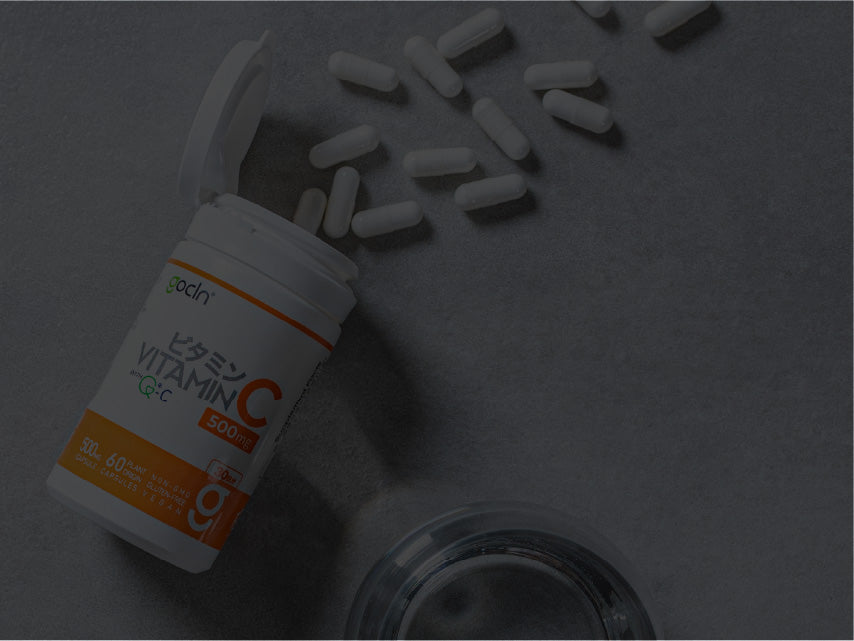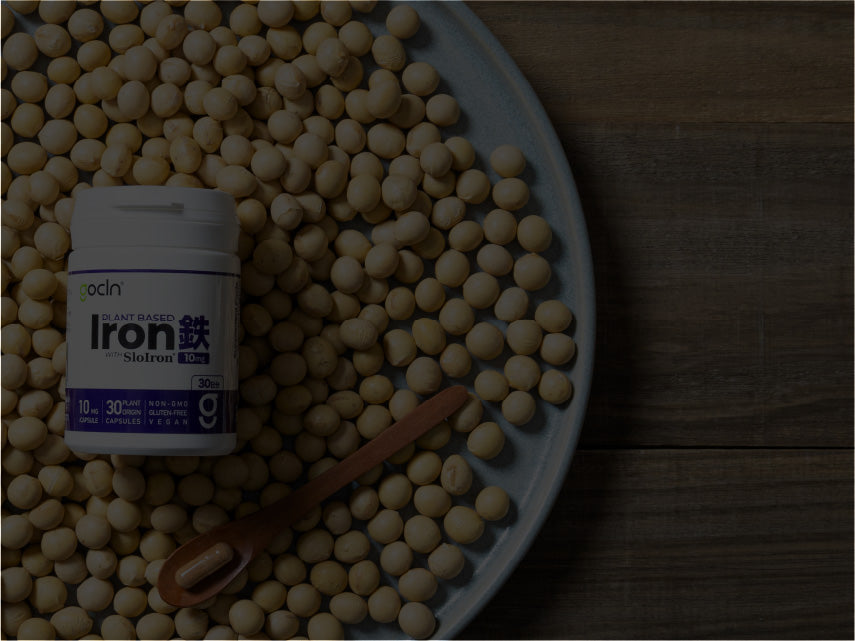Complete food - Part 4
There is an international standard for food products called "Codex."
Internationally common and shared food standards set by the Food and Agriculture Organization of the United Nations (FAO) and the World Health Organization (WHO).Although there are many different standards, they are common rules that aim for worldwide.
"Complete food": Complete food is a relatively new category, so of course there are no common standards for it, but in fact, standards for categories similar to this exist in several countries. It is called ``Meal Replacement,'' and in Japanese it is also called meal replacement, meal replacement, or meal replacement diet.
There is a Codex standard that correlates to these − “CODEX STANDARD FOR FORMULA FOODS FOR USE IN WEIGHT CONTROL DIETS/CODEX STAN 181-1991”
If you take the meaning as it is, it is called ``prepared food for weight management'', and for example, it is a meal replacement when managing your diet to lose weight. Another factor is the unusual dietary nutrition required for weight management in some athletes. Looking at it from a different perspective, it can be thought of as indicating the minimum standards that must be consumed as a meal even in such situations.
If you restrict your regular diet for a certain period of time and use alternative foods, you must not only control calories but also meet your nutritional needs. Therefore, this Codex standard seems to be meaningful.
Since it is a "complete meal," the Codex standard seems to apply well considering people who only consume this for the time being. Also, this "complete food" (GoCLN natural complete food) does not claim to provide complete nutrition on its own, so it may be used as a supplement in combination with regular meals. Even then, the Codex standards are still meaningful as basic nutrition.
Looking at the details, first of all, energy is divided into 800 to 1200 kcal per day, divided into 3 or 4 times a day. Considering the minimum and maximum, we can read that you need at least 200kcal per meal, and you should limit it to 400kcal. The premise here is different from the nutrient display standard value of 2200 kcal per day.
In fact, many "complete meals" overseas are set at 200kcal or 400kcal per meal. By the way, 1 block of Calorie Mate is 200kcal, 2 bottles per package is 400kcal, and a can of Caloriemate drink and jelly is 200kcal. GoCLN Natural Complete Food Cocoa Flavor is 55g per serving and 202kcal.
Protein, one of the three major nutrients, should account for 25-50% of energy, and the total amount should not exceed 125g per day. In terms of protein nutritional score, it is equivalent to egg or milk protein. L-amino acids may be added to make up for the deficiency.
Fat should be less than 30% of total energy.
There is no mention of carbohydrates. This means that carbohydrates are the energy components excluding proteins and fats, but this seems to be closer to the idea of nutrition centered on ketone bodies than the carbohydrate nutrition that is emphasized in Japan. .
The key here is the balance of the three major nutrients (Protein, Fat, Carbohydrates, referred to as PFC balance), and GoCLN was designed to have a ratio of 5:3:2. Designed with an emphasis on protein.
However, since GoCLN's concept is to use a large amount of naturally derived raw materials, we have designed our products based on this idea of ratios without being too rigid in adhering to numerical values.
Looking at the ratio of PFC required for general nutrition in Japan, carbohydrates show a large proportion. This seems to be a figure calculated based on traditional rice eating. On the other hand, cooked rice is not used in processed foods such as complete meals. Generally, starch refined from corn, etc., its decomposition products, and syrups derived from these are used. If we use a lot of these kinds of ingredients to create something that meets a prescribed nutritional design, does it actually serve the purpose? That was the question. Therefore, we designed it with reference to the Codex standards for the three major nutrients.
There are also standards for vitamins and minerals, but they are generally the same as Japan's standards. Depending on whether you eat three or four meals a day, you should eat at least 33% or 25% of your daily requirements.
Unlike the three major nutrients mentioned earlier, this one is easier to understand by referring to Japanese standards, so we designed it using the nutrient display standard values mentioned earlier.
GoCLN is designed with up to four meals a day in mind, so each meal contains at least 25% of the daily vitamins and minerals. On the other hand, the nutritional information column shows the amount of nutrients and sufficiency rate per 3 servings. This is to show that even 3 meals contain a certain amount of nutrients, and to avoid being tied down to the idea that 4 meals is a bit too much.

As described above, the design background is based on scientific evidence and established standards, and is created with the idea that people can consume it flexibly without being too tied down. This is GoCLN natural complete food.
It's not just a combination of nutritional values, it's at least a lot of consideration and inclusion, such as the ones listed above. However, just like eating a lot of seasonal ingredients at once, I feel that if you try to fit natural ingredients into a mold one by one, their appeal will be halved. If you are actually going to take this, I would like you to forget about all this talk and just take 3 heaping cups per meal, no matter how big or small, and shake it up. I think so.
GoCLN natural complete food cocoa flavor






